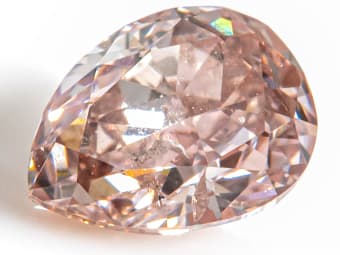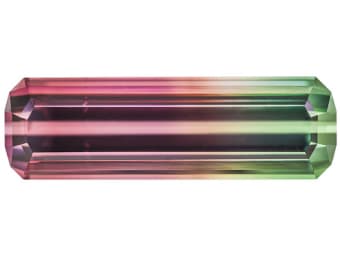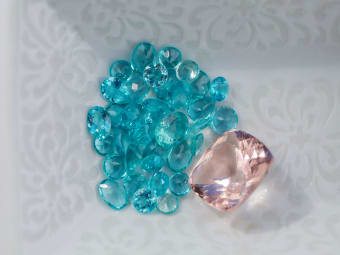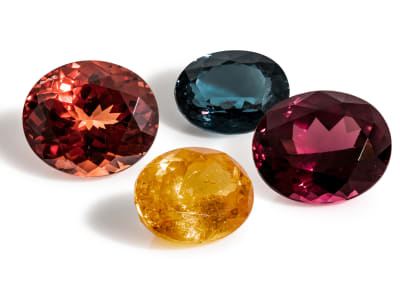Have you ever looked at a gemstone and thought “that is 2 carats” only to be told it is actually 3 carats? How can two gemstones of apparently equal size vary in weight? Cut and density are two factors. In this article, we will examine cut.
What is a carat?
Let us first define carat. Carat reflects weight not size. 1 Carat weighs 1/5 gram. Cut variations however influence size. Think of it this way. There are 40 people, each weighing 200 pounds. Do you have any idea how tall each person is? No! It will depend on how their weight is distributed.
Cut vs Weight in Diamonds
Diamonds are typically cut within specific ranges. We see little variation in the depth and diameter of a colorless round brilliant because a mathematical formula is used that optimizes light return. So most colorless round brilliant cut diamonds that weigh 1 carat will measure 6.5 mm in diameter. Some will measure slightly larger, some slightly smaller.

Cut vs Weight in Colored Gemstones
With colored gems, we see tremendous variation in cut. You may see 4 rubies that each weigh 2 carats but each appears a different size. A gem may be cut deep to “hold its color” and make it appear darker. The deeper a gem is cut, the more room for absorption, and there for the gem has more color. An example is an aquamarine may be cut deep to make it bluer. This means the weight is in its depth. It still weighs 1 carat, but it has a smaller diameter. Likewise, a gem may be cut shallow to “lighten its color”. In this scenario, it still weighs 1 carat, but it has a larger diameter. Another reason that colored gems are cut to so many variations is that gemstones are cut to maximize yield or weight from the rough.

Choosing a Gemstone Setting
While many settings or semi-mounts may state that they fit a one-carat gem, they are referring to diamond measurements. This becomes important when ordering mountings for colored gems. A round one-carat sapphire may only be 5.5 millimeters in diameter, making it somewhat undersized for a ring mounting that is designed for a round diamond weighing one carat. All colored gems need specific measurements (diameter for rounds, depth and length and width for non-rounds) in millimeters when ordering settings.
This is not an issue with rare expensive gems. If a $7,000 ruby needs a custom mounting the price for custom work is well worth it. However, if a $30 amethyst is not cut to standard measurements, the custom mounting will not be worth the price of the gemstone.
When planning to set a gemstone, it is always advisable to bring the gem to your jeweler and ask for suggestions. Measuring gemstones must be very exact and is not as simple as it sounds. A knowledgeable jeweler can help guide you through the selection process when ordering from a catalog or, if you prefer, help design a custom ring that incorporates your personal preferences.

